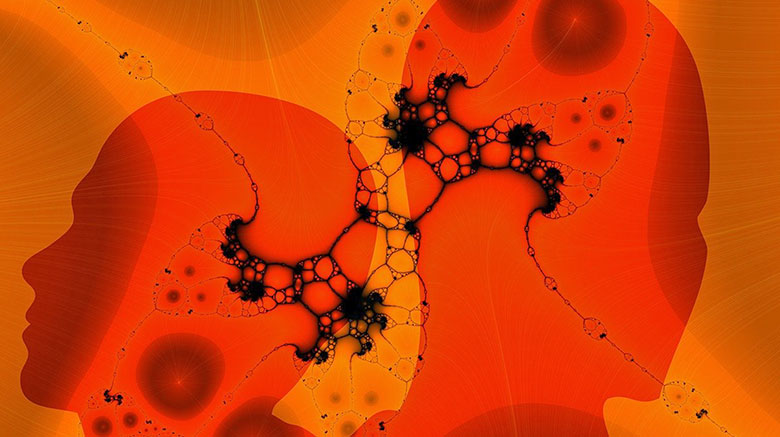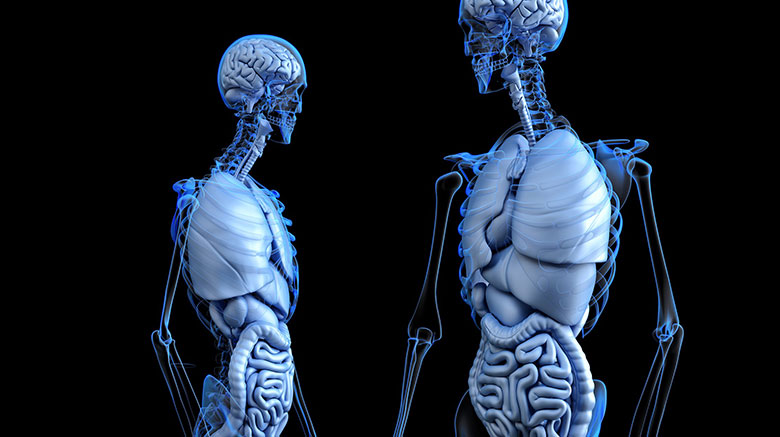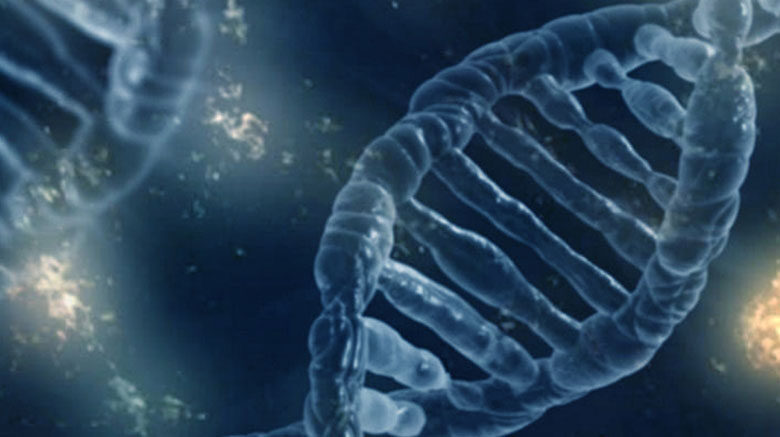Ask a layperson what biologically differentiates males and females, and at least two different answers will undoubtedly emerge: gonads and hormones. Indeed, the fact that males have testes and females have ovaries leads to a lifelong sexually dimorphic hormonal profile, especially in testosterone, estradiol, and progesterone levels. These sex hormones exert both permanent and protein modification.










